SE
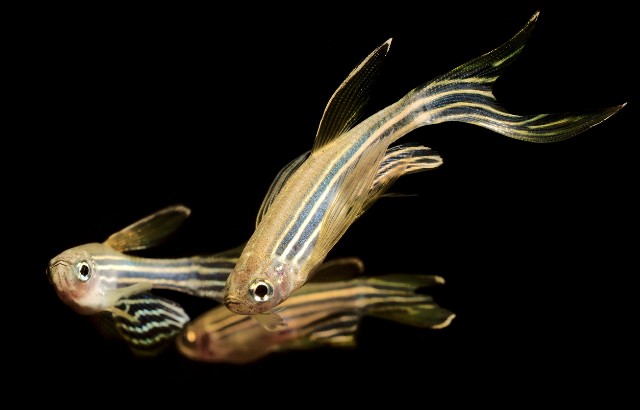
3, January , 2023
Researchers at Queen Mary University of London have shown that zebrafish can provide genetic baz1b clues to the evolution of social behaviours in humans and domesticated species.
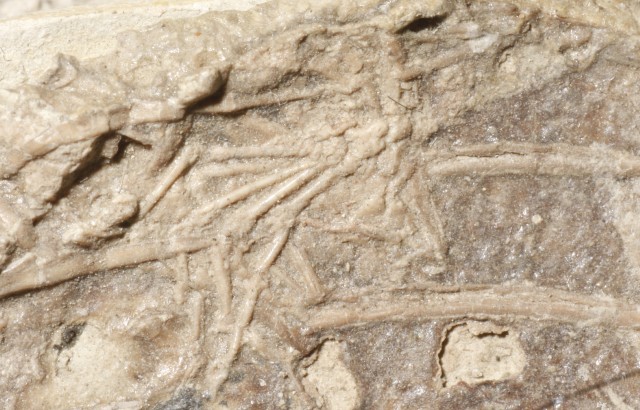
21, December , 2022
The small, feathered dinosaur Microraptor is preserved with the foot of a small mammal inside its ribcage.
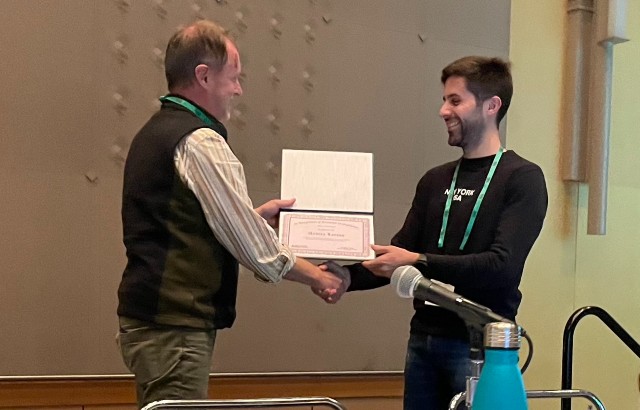
20, December , 2022
Queen Mary University of London’s Dr Andrea Larosa was celebrated as the recipient of the American Geophysical Union’s (AGU) 2022 Fred L. Scarf Award at a recent reception in Chicago.

15, December , 2022
James Webb Space Telescope infrared capabilities pierce through dust clouds to make rare find.
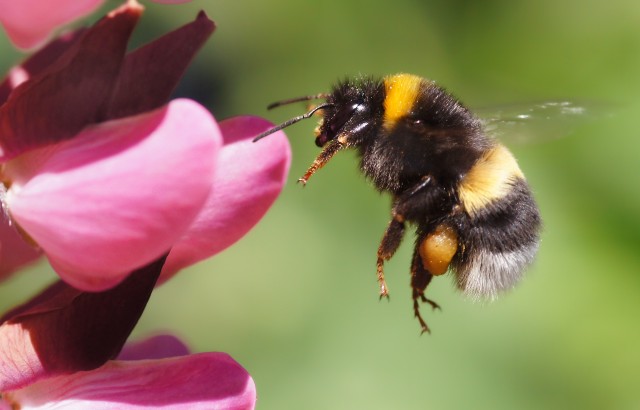
14, December , 2022
Professor Lars Chittka and Matilda Gibbons have co-written for the Conversation on insects' ability to feel pain.

25, November , 2022
Professor Alan Drew has just been appointed to be a Fellow of the Royal Society for Arts (FRSA), for his charitable work in Indonesia.
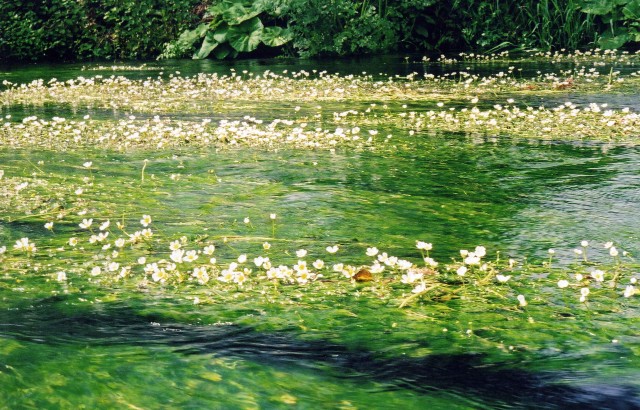
7, December , 2022
A PhD research project conducted by Queen Mary’s Dr Jessica Marsh in conjunction with the Game and Wildlife Conservation Trust (GWCT) has revealed the importance of water crowfoot – an aquatic plant found commonly in lowland rivers – in the conservation of young Atlantic salmon.

2, December , 2022
In two new papers published in Science, researchers from the Royal Botanic Gardens, Kew, Queen Mary University of London, and partners from over 50 global organisations have undertaken a major review of Madagascar’s extraordinary biodiversity.
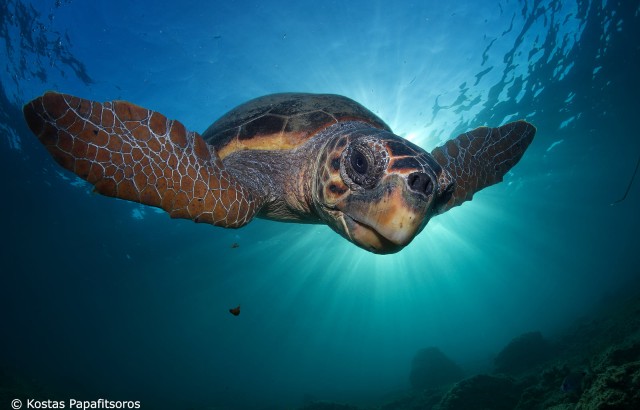
30, November , 2022
Researchers have used Instagram to measure the pressures of tourism on loggerhead turtles in Zakynthos, Greece.
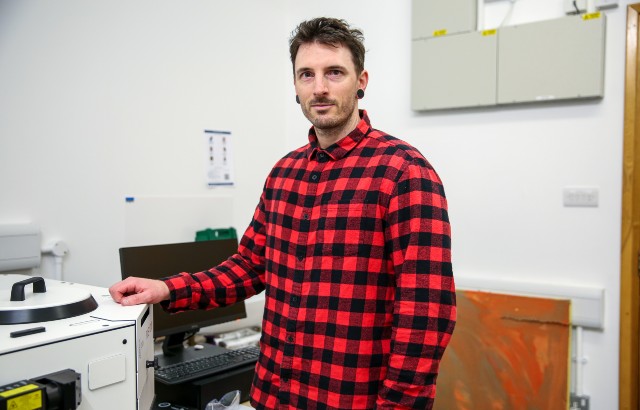
17, November , 2022
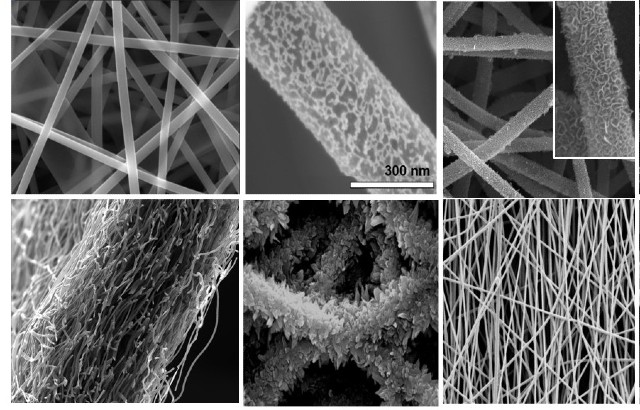
15, November , 2022
Ana Jorge Sobrido explains why she works on Sustainable Electrodes for Redox Flow Batteries

22, September , 2022
‘The homes and cities of the future could be built with the help of autonomous robots,’ says Queen Mary’s Dr Ketao Zhang.

30, September , 2022
In two papers published in the journals Nature and Science, Queen Mary's Professor Livingston and Dr Zhiwei Jiang present their work on nanomembranes – exquisitely thin membranes that can provide an energy efficient alternative to current industry practices.
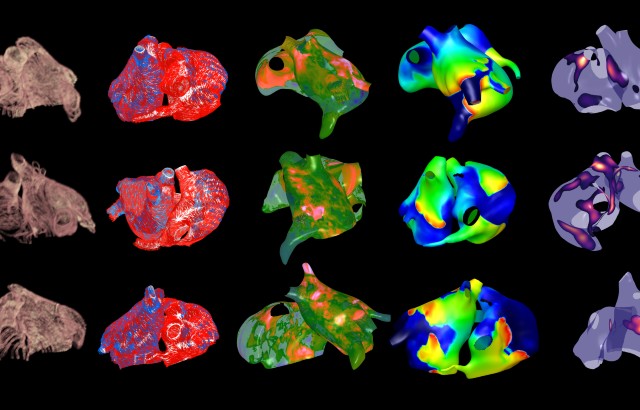
15, June , 2022
Dr Caroline Roney and Dr Christopher Chen are among 84 promising leaders awarded fellowships totalling £98 million.

5, August , 2022
Hot on the heels of his new book ‘The Mind of a Bee’, Professor Lars Chittka’s lab shows that bumblebees appear to feel pain

29, April , 2022
New research has found that 1 in 10 WhatsApp messages are spam – with clickbait, adult content, and hidden URLs being the most common.

20, May , 2022
Queen Mary University of London has excelled in the latest Research Excellence Framework (REF) 2021, being ranked joint 7th in the UK for the quality of its research. This confirms once again the University’s status as one of the best research-intensive universities in the UK.
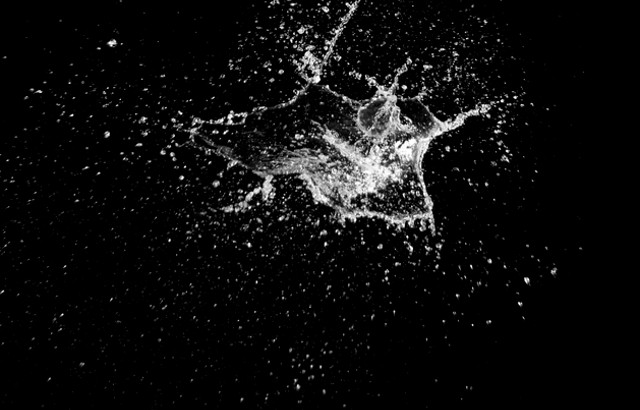
20, September , 2022
New discoveries open the way to a new understanding of supercritical matter
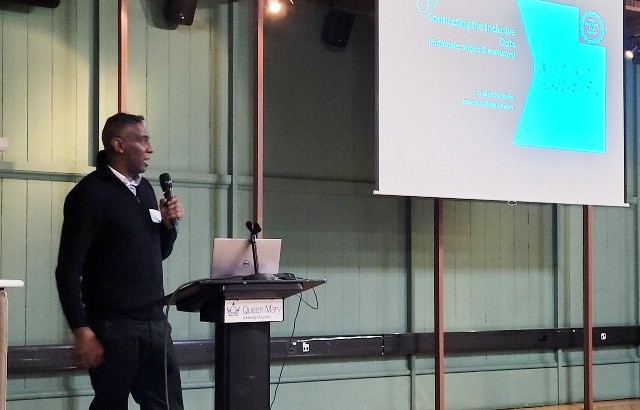
7, November , 2022
CAISE aims to ensure all students have an equal opportunity to become scientists and engineers.
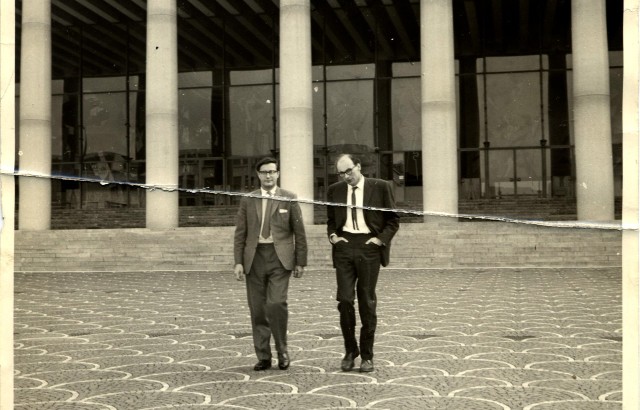
20, October , 2022
Located at 10 Godward Square, E1 4FZ, Queen Mary’s Peter Landin Building may seem like your average 1970s style building and home to computer science students, research labs and offices. But do you know the complex history of the person who the building is named after?
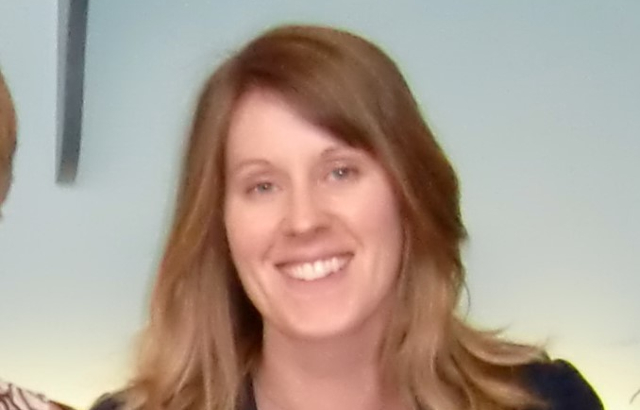
31, October , 2022
Dr Butland joins us from BEIS/UK Research & Innovation (UKRI) where she has previously led on work in BEIS to negotiate the UK research budget.

27, October , 2022
Bumble bees play, according to new research led by Queen Mary University of London published in Animal Behaviour. It is the first time that object play behaviour has been shown in an insect, adding to mounting evidence that bees may experience positive ‘feelings’.

19, October , 2022
Yonghe Zhou, PhD student in Animal Psychology at Queen Mary University of London, has written for The Conversation about how bumblebees can help us understand the evolution of human memories.

4, October , 2022
The new posts are part of an ambitious growth plan, further strengthening the Faculty's outstanding world-leading research.
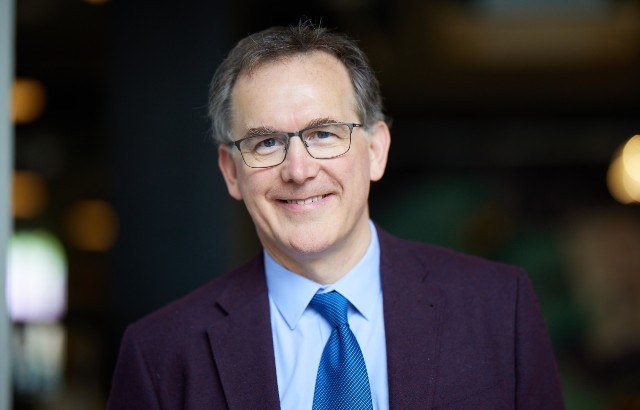
27, September , 2022
Dr Clare will drive knowledge exchange and commercialisation of Queen Mary’s innovations in science, technology and the life sciences.
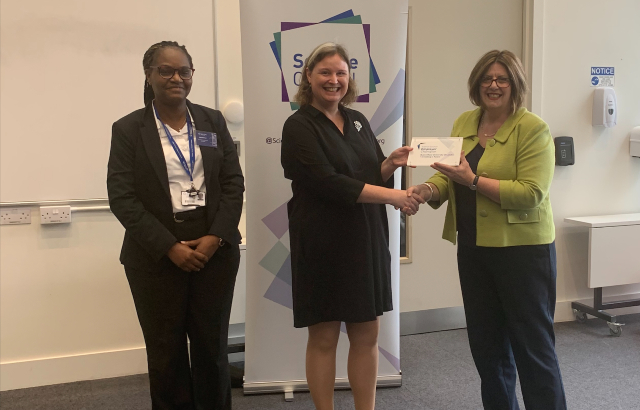
20, September , 2022
Queen Mary has joined the Science Council’s Employer Champion Programme.
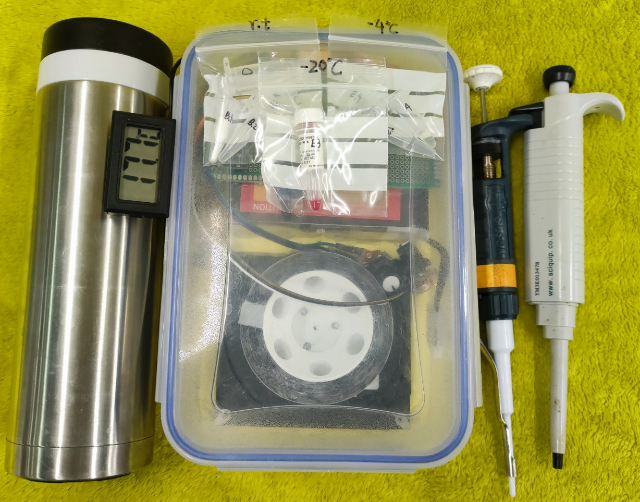
26, January , 2022
Researchers have created a simple Covid-19 testing lab that fits into a backpack providing a cheap and effective solution for low income or remote areas.
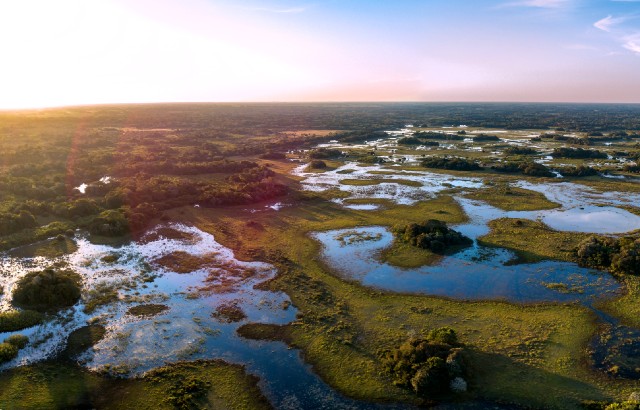
23, August , 2022
A new study analyses human impacts on biodiversity and ecosystem functioning in 72 lakes distributed across four large neotropical wetlands of Brazil – Amazon, Araguaia, Pantanal and Paraná. The research spans a 3.7million km gradient of human activities in Brazil.
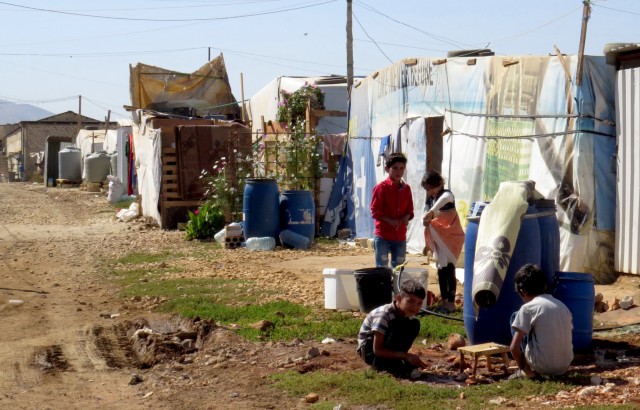
12, August , 2022
Many more Syrian children living in refugee camps appear to be living with mental health problems than previously thought, according to new in-the-field research led by Queen Mary.
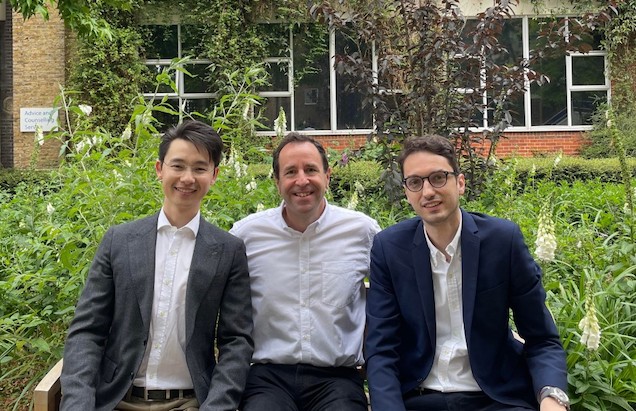
9, June , 2022
The School of Engineering and Materials Science goes from strength to strength as researchers pick up four awards and medals from the Institute of Materials, Minerals and Mining (IOM3)
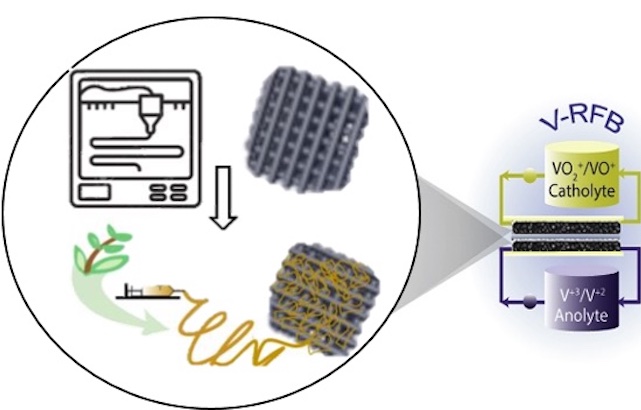
1, June , 2022
Queen Mary’s Dr Ana Jorge Sobrido will lead a project to overcome engineering issues that are currently preventing the wide-spread adoption of redox flow batteries (RFBs).
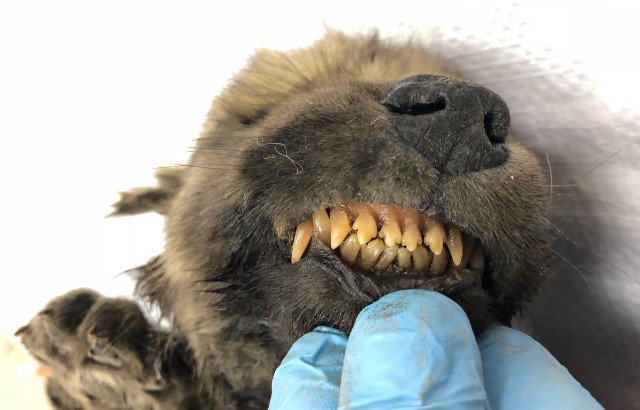
1, July , 2022
When Dogor was found in frozen mud in Siberia, scientists couldn't tell if he was a wolf or an early dog.
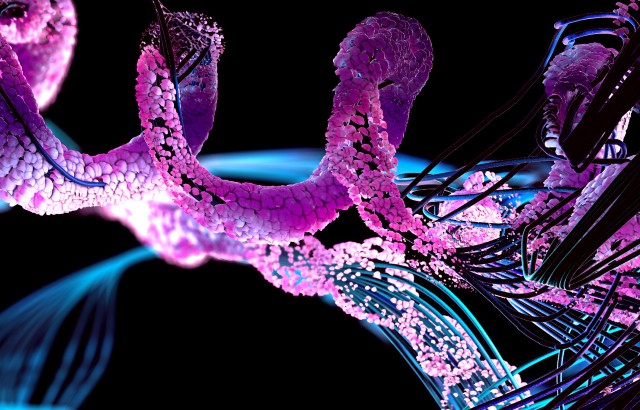
24, June , 2022
Membrane scientist Dr. Zhiwei Jiang has been selected as one of eighty-four of the most promising science and research leaders to win a UKRI Future Leaders Fellowships scheme.
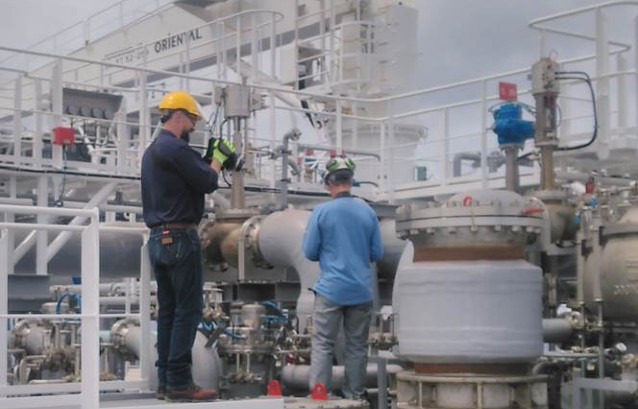
16, June , 2022
The study, led by Queen Mary’s Dr Paul Balcombe, provides important data as LNG imports are likely to grow substantially to reduce Europe’s reliance on Russian gas.

25, May , 2022
The EU Horizon Europe Marie Skłodowska–Curie Actions Doctoral Network ‘PHYMOL’ has been awarded nearly €2.6m following an application coordinated by Queen Mary’s Dr Alston J. Misquitta.

9, May , 2022
Dr Olivia Keenan from Queen Mary's School of Physical and Chemical Sciences has co-written for The Conversation on removing barriers to girls’ participation in physics.
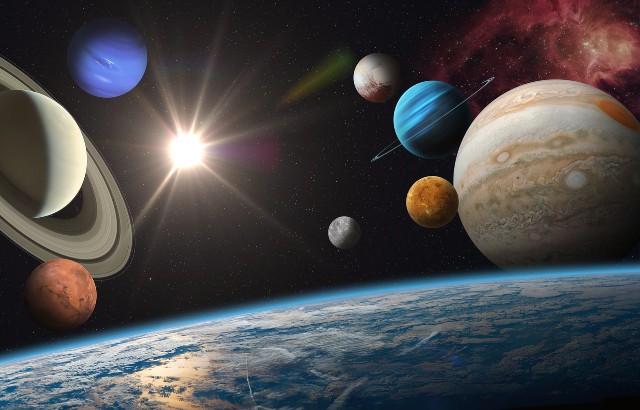
27, April , 2022
Dr Sijme-Jan Paardekooper from the School of Physical and Chemical Sciences has been awarded € 2,314,680 from the European Research Council (ERC) to study how dust distribution impacts the formation of planets. He is one of 253 leading researchers across Europe who have been awarded funding in the ERC's 2021 Advanced Grants competition.
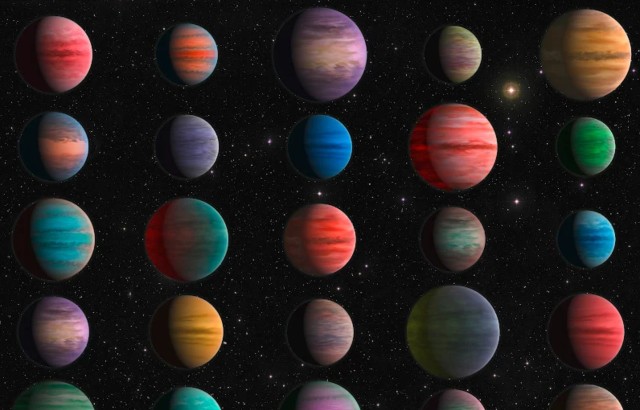
26, April , 2022
Hot Jupiters are giant gas exoplanets - 'alien' planets only found outside our own solar system. They have a short (10 day or less) orbital period around their parent stars.
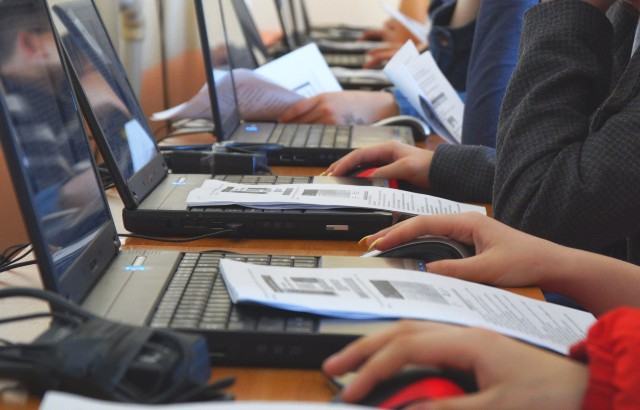
8, April , 2022
Professor Paul Curzon from the School of Electronic Engineering and Computer Science has been awarded £162,000 from the Engineering and Physical Sciences Research Council to boost public engagement with ICT.
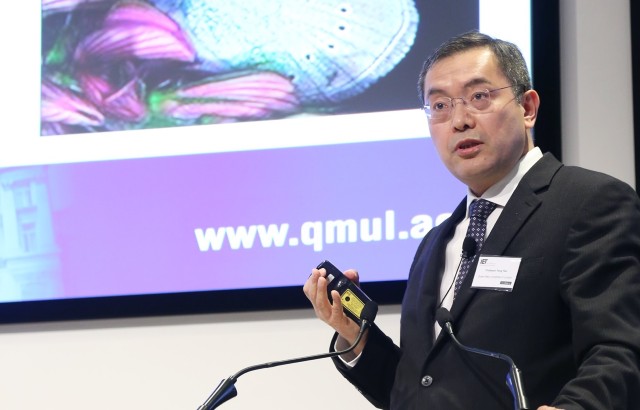
24, March , 2022
Professor Yang Hao from Queen Mary University of London has been appointed as the prestigious Royal Academy of Engineering’s Research Chair.

22, March , 2022
Professor Michael Pluess from Queen Mary's School of Biological and Behavioural Sciences has co-written for The Conversation on how genetics impacts therapy and similar relationship courses.
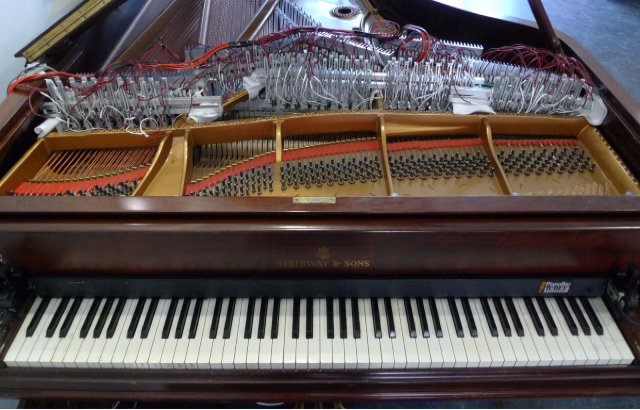
17, March , 2022
A Queen Mary academic has risen to the top of thousands of proposals to win a prestigious European Research Council (ERC) Consolidator Grant worth €2m as part of the EU’s new R&I programme Horizon Europe.

11, March , 2022
Scientists from Queen Mary University of London have discovered that a new form of ant society spread across species. They found that after the new form of society evolved in one species, a “social supergene” carrying the instruction-set for the new social form spread into other species. This spread occurred through hybridisation, i.e., breeding between ants of different species. This unlikely event provides an alternate way of life, making the ants more successful than if they only had the original social form.

10, March , 2022
Rendani Mbuvha, a promising Actuary & Machine Learning Researcher, joins Queen Mary as the DeepMind Academic Fellow in Machine Learning from the University of the Witwatersrand in South Africa.
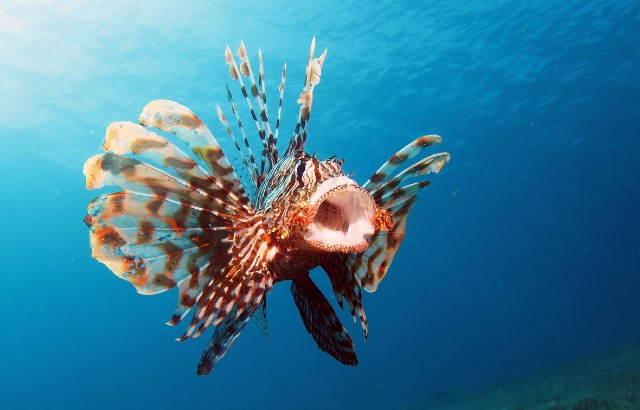
3, March , 2022
Dr Axel Rossberg, Reader in Theoretical Ecology at Queen Mary University of London has written for The Conversation on why predators don't overexploit their prey, based on research published in Ecology Letters.
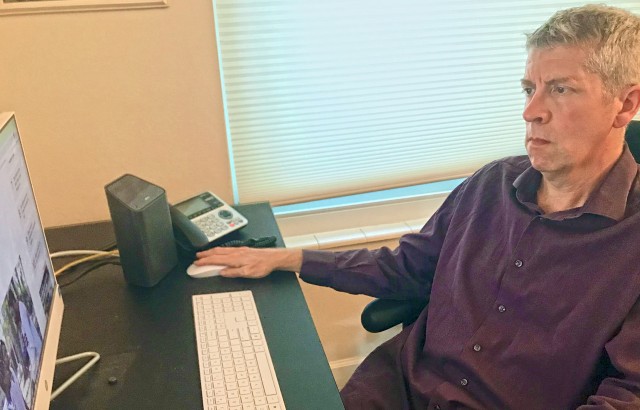
24, February , 2022
Professor Reiss will work to strengthen entrepreneurship and commercial impact across Queen Mary in fields such as AI, Computer Science and Electrical Engineering.

17, February , 2022
Protecting people from stalking, online trolls, and other serious online dangers they are exposed to when going through serious real-life events is the focus of a major new £3.44 million project involving Queen Mary University of London researchers. It is funded by the Engineering and Physical Sciences Research Council.
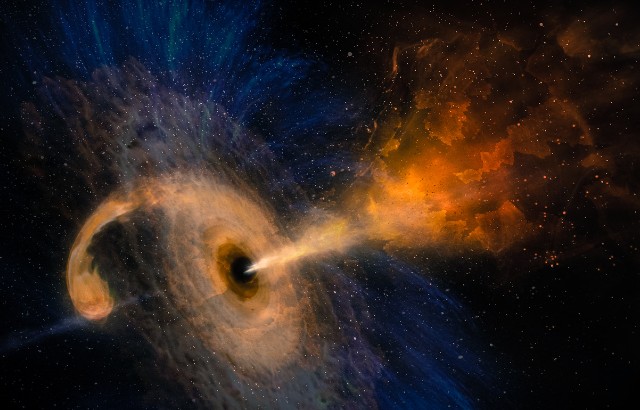
11, February , 2022
A team of researchers from the Astronomy Unit in the School of Physical and Chemical Sciences at Queen Mary University of London have been admitted to the LIGO Scientific Collaboration, the global organisation leading the detection and interpretation of gravitational wave events.
-640.jpg)
9, February , 2022
Researchers from Queen Mary University of London and Imperial College London have identified genes that could help bumblebees overcome environmental challenges such as climate change.

2, February , 2022
How well someone responds to couple’s therapy could be determined by their genes, according to a new study led by Queen Mary University of London and the University of Denver.

6, January , 2022
A new study, published in the journal Advanced Optical Materials, is the first to show graphene can replace Indium Tin Oxide (ITO) in an electronic or optical device.
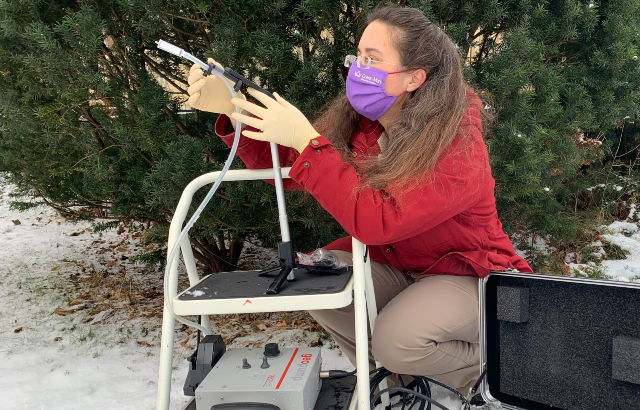
6, January , 2022
Two new studies published today in the journal Current Biology show that environmental DNA (eDNA) collected from air can be used to detect a wide range of animal species and offers a novel, non-invasive approach to monitoring biodiversity.